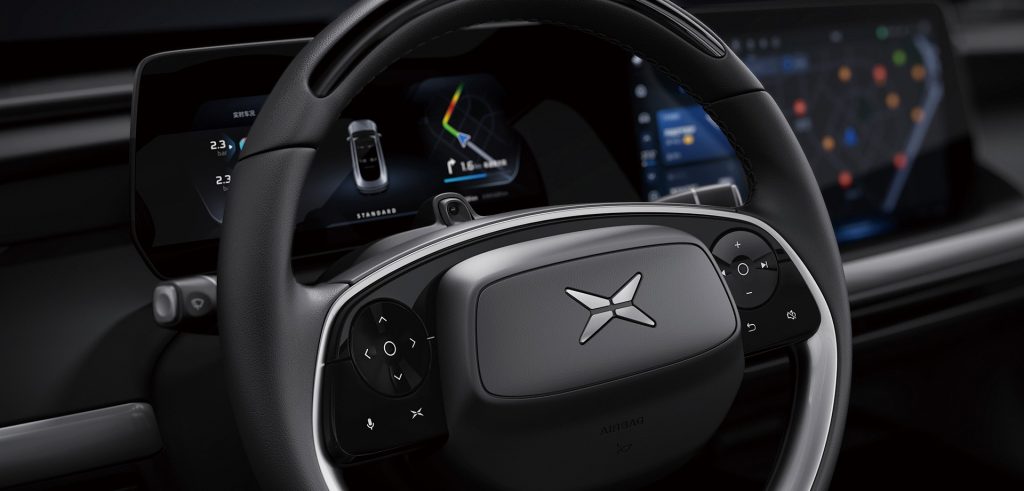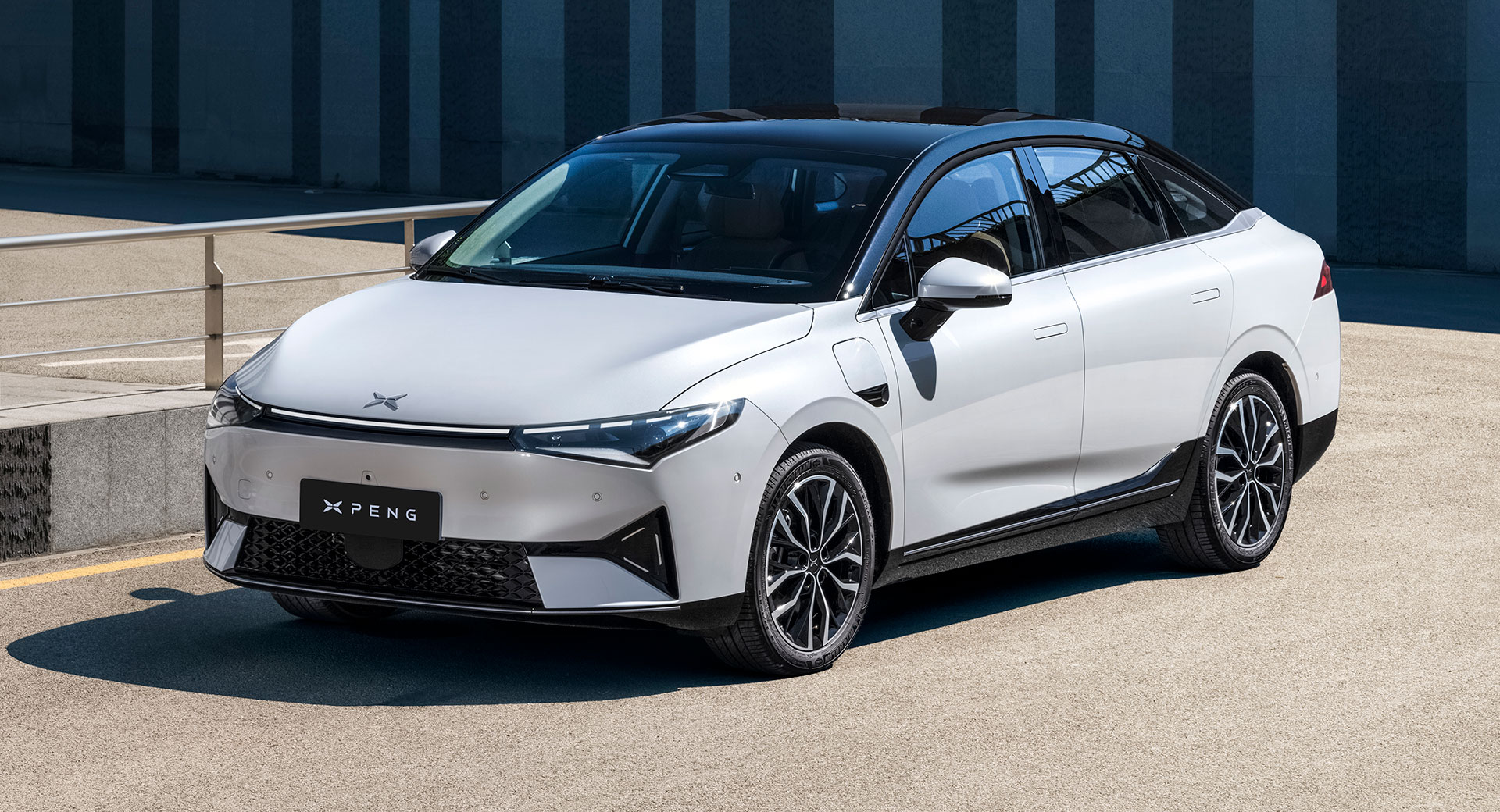Driver-monitoring systems that detect whether a driver is distracted or has fallen asleep at the wheel have become a key part of a modern car’s tech armory in the battle to reduce road deaths and injuries. But drivers in China are discovering that the DMS hardware on their cars struggles to read Asian faces.
While earlier systems relied on sensors in the steering wheel, newer versions use data from cameras pointed at the driver to check they’re awake and paying attention. But owners of XPeng cars have complained that the systems confuse the natural, less circular shape of many Asian eye openings with eyes that are completely closed.
As reported by Carnewschina, Weibo digital blogger @DerekTLM complained to his 300,000 social media followers last month that he had been deducted “Smart Driving Points” on multiple occasions because his XPeng judged him to be distracted. To encourage good driving habits and prevent drivers from abusing the Navigation Guided Pilot autonomous driving tech, XPeng gives its owners 100 points when they register their account with a car, then deducts them for misdemeanors.
It works much like a driving license, except that there are no legal consequences and XPeng resets the points to 100 every 12 months, although should a driver’s points fall to zero, they have to take a safety test to have their 100-tally restored.
Related: U.S. Senators Introducing Legislation To Make Vehicles With Driver Aids Monitor Drivers Better
DerekTLM posted a screenshot showing his point deductions, tagging XPeng before insisting that “I really just have small eyes, not fallen asleep while driving!”.
“Let me repeat, my eyes are small, but I’m not falling asleep at the wheel,” he wrote in a posting. “Do we small-eyed people not deserve to use the Navigation Guided Pilot (NGP)?”
“If you don’t optimize this issue, does that mean that those with small eyes don’t deserve to use NGP? “ he asked.
In the following days, Chang Yan, a second Chinese car blogger with a 1.2 million-strong following claimed he’d also had problems with DMS technology correctly registering his state of alertness, leading XPeng’s official Weibo account to acknowledge it had spoken to the blogger and was aware of the problem. And rival Chinese automaker NIO, which makes the electric ET7 owned by Yan, now says it is investigating how to improve the technology on its cars.
DMS problems are nothing new to Chang Yan. According to CNEV Post, the blogger tested GM’s Super Cruise autonomous driving system in the U.S. in 2018, finding that the technology struggled to read his face.
Have you experienced any similar problems with driver-monitoring systems? Leave a comment below if you have.





